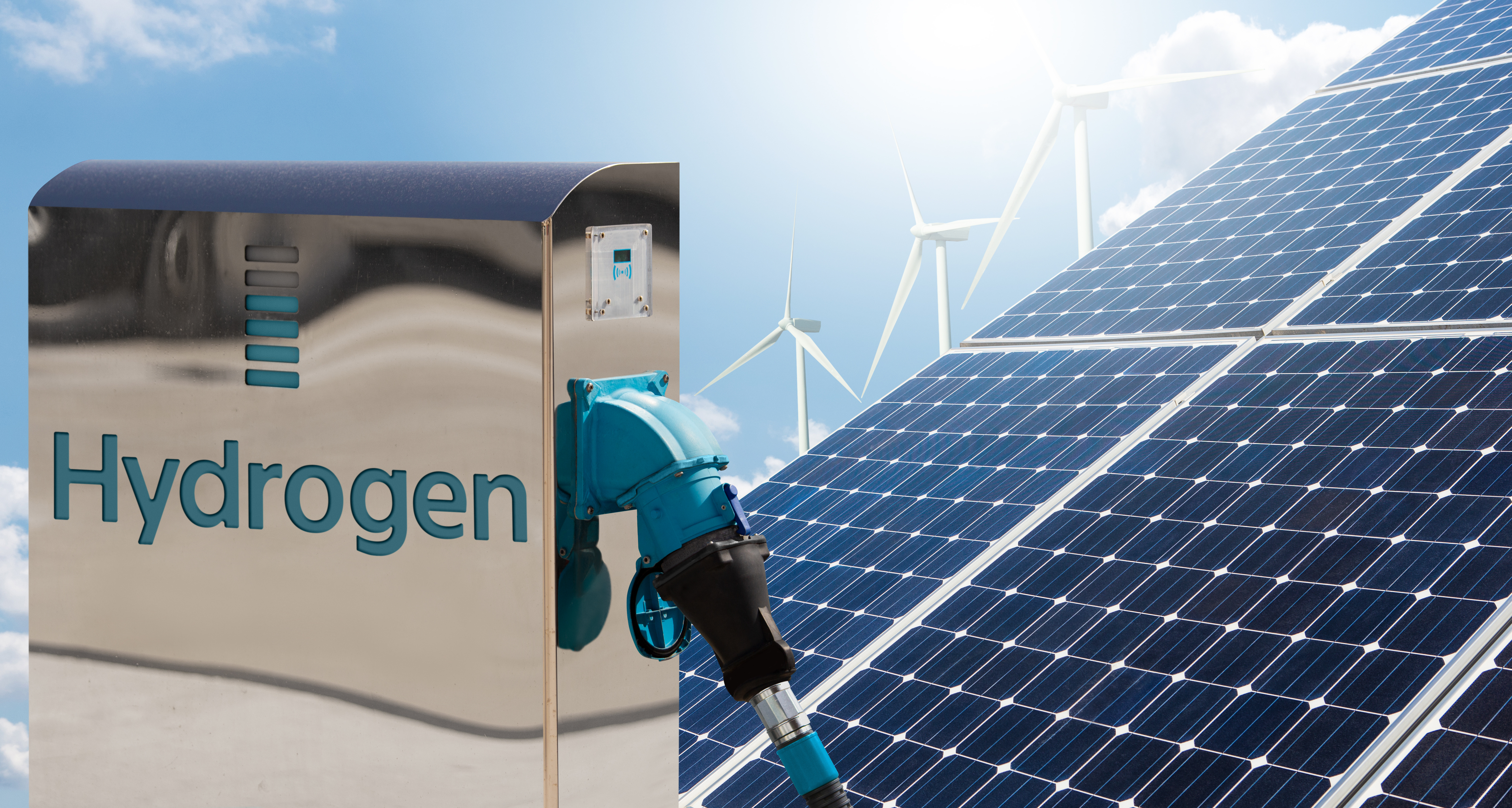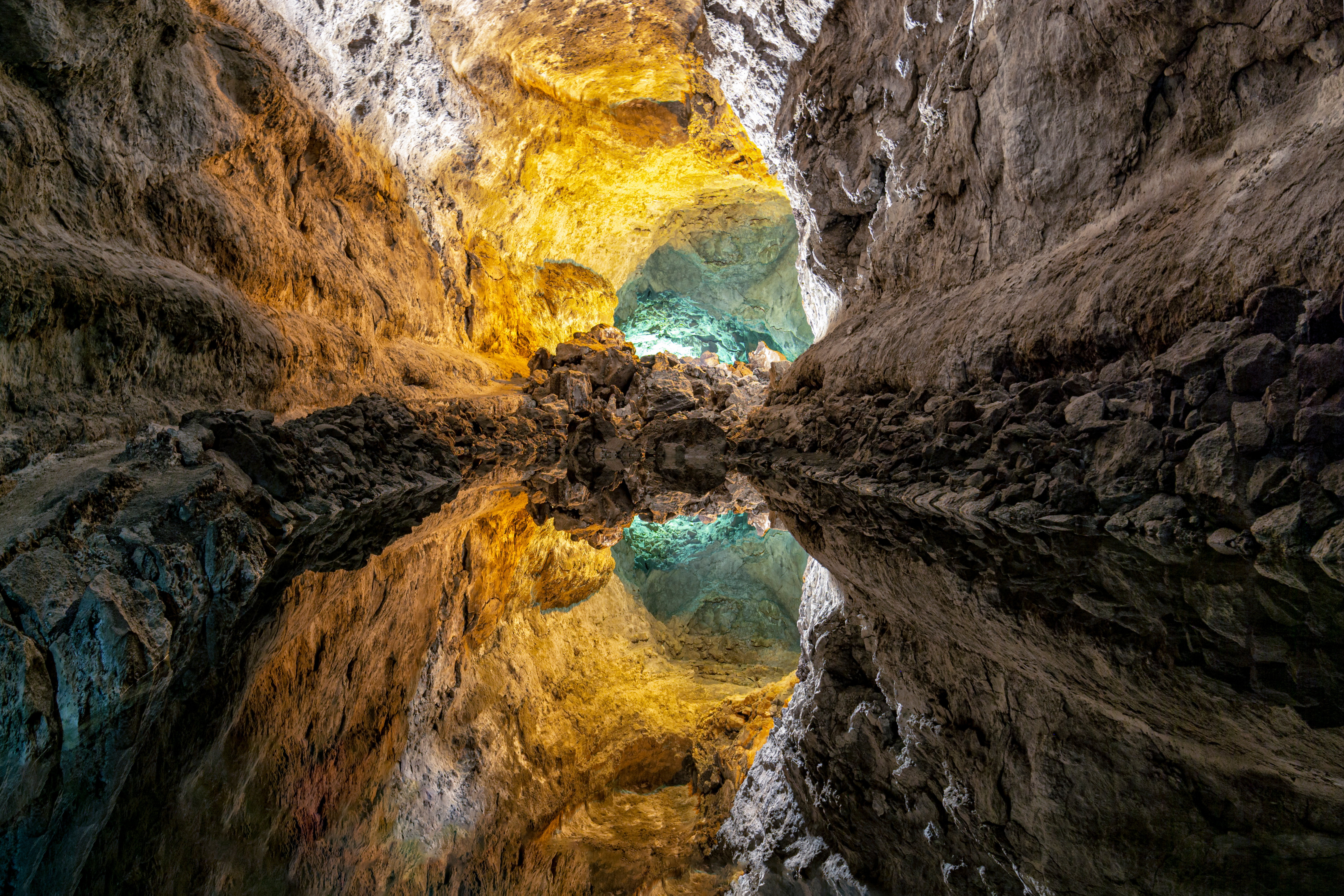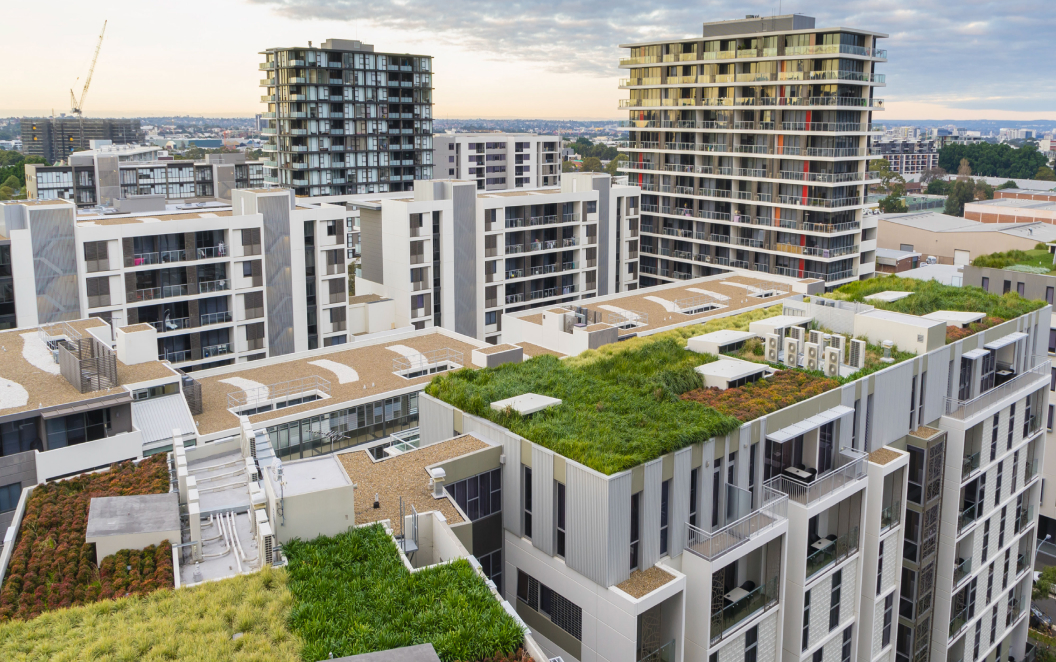
Economía circular
La economía circular se halla a las puertas de transformar nuestros hábitos de producción y consumo
Si bien guarda estrecha relación con conceptos como economía verde o desarrollo sostenible el fenómeno es más profundo y más transformador de nuestra vida en sociedad.
Por Antonio D’Eramo - periodista
Para los epígonos de la economía circular, cuyos principios, componentes y teorías principales tienen décadas de antigüedad aunque el fenómeno de su implementación sea de naturaleza reciente, estamos en presencia de un momento revolucionario que terminará por desplazar al tradicional sistema de producción y consumo.
Desde este punto de vista se trata de un concepto superador a otros modelos socio ambientales que han intentado preservar el ecosistema con poco o relativo éxito.
Y, esto es así, porque al aportar soluciones o alternativas para evitar la crisis del medio ambiente la contrapartida o el precio a pagar supuso un freno al desarrollo y crecimiento humano.
Pues bien, la economía circular viene a salvar el compromiso ecológico necesario para asegurar la vida de las futuras generaciones al tiempo que potencia el desarrollo sin imponerle trabas al crecimiento de las economías nacionales.
De esta manera, se distingue de los métodos de producción y consumo tradicionales que pone al ser humano al tope de los ecosistemas naturales otorgándole el papel de villano de la historia por ser el principal destructor de los mismos, en su afán por consumir todo tipo de artículos incluso aquellos considerados de lujo o extravagantes.
Al implementar este nuevo paradigma productivo el medio ambiente y el ser humano se tornan dos elementos que están obligados a coexistir para alcanzar el desarrollo deseado.
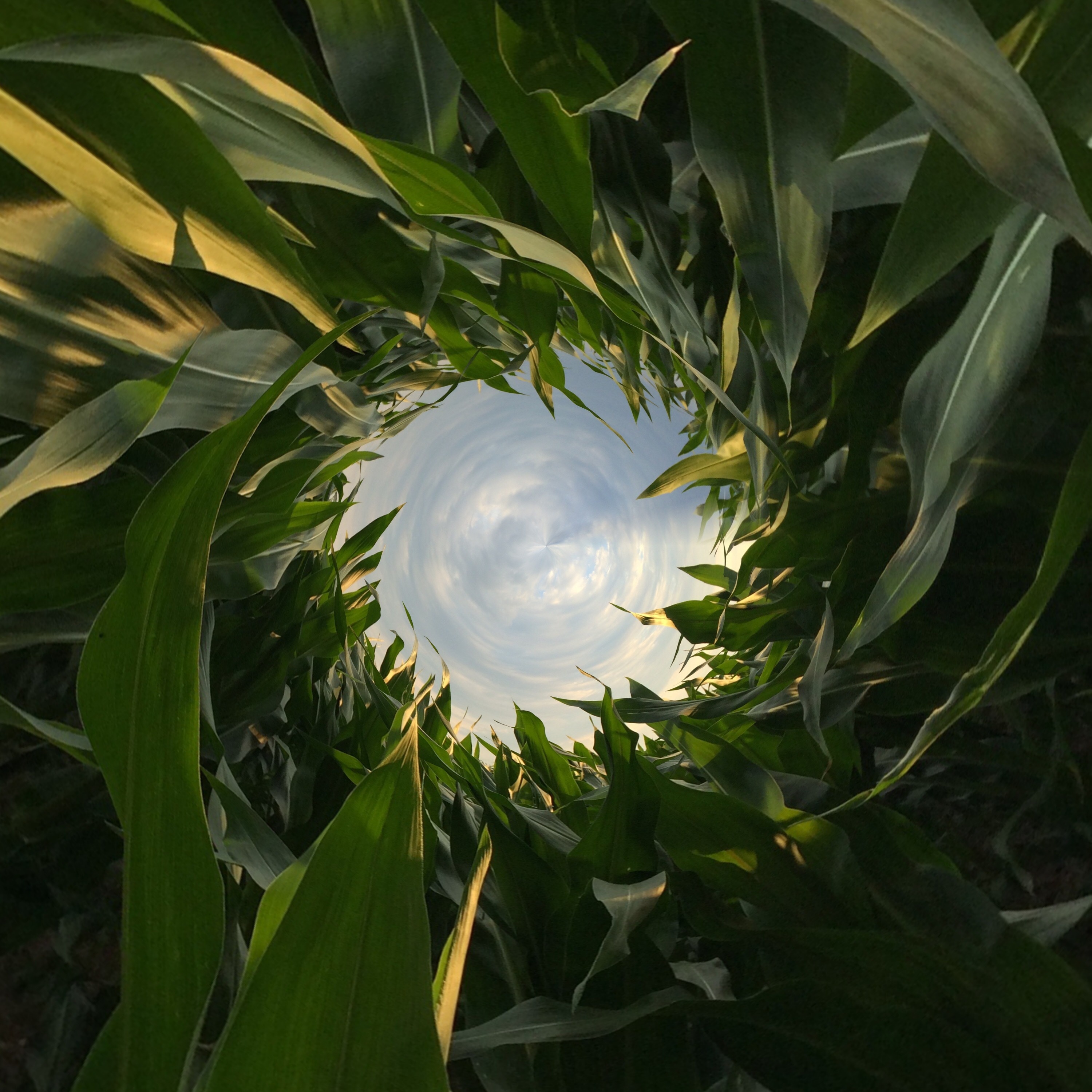
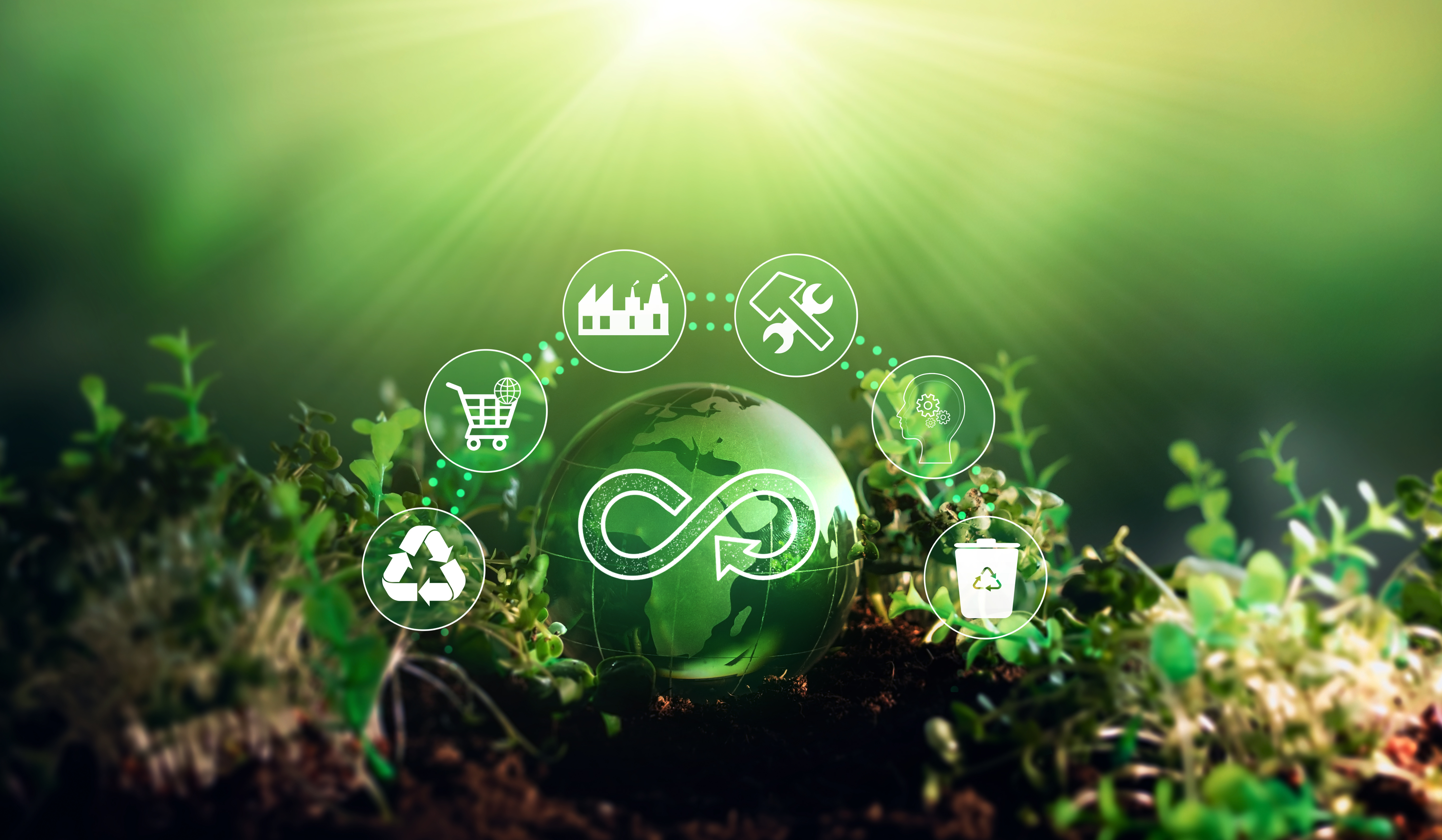
Para el experto español Ignacio Belda Hériz que ha publicado, recientemente, “Economía circular. Un nuevo modelo de producción y consumo sostenible” de editorial Tébar Flores, el nuevo modelo es “revolucionario porque ha logrado dar con la respuesta principal para solucionar un problema fundamental. Otorgar un valor real, monetizado, y cuantitativo a aquellos que queremos proteger. Si entendemos al medio ambiente como una fuente de ingresos y no como un mero instrumento no sólo lo utilizaremos, como hasta ahora con los sistemas de producción tradicionales, sino que, además, lo protegeremos, porque necesitamos vivir de él.”
Para el académico paraguayo, Fernando Britez, “nuestro modelo de desarrollo desde la revolución industrial se basó, básicamente, en extraer recursos de la naturaleza en estado natural para poder procesar y generar productos para consumirlos y luego desecharlos. De eso se trata la denominada economía lineal que la circular viene a cambiar”.
En ese sentido, el nuevo modelo busca que esos recursos de la naturaleza, que ya se han extraído, puedan recuperarse para que se puedan hacer usos ilimitados.
En una economía lineal, como la venimos experimentando en nuestro quehacer diario, los verbos principales que la caracterizan son, tomar, consumir y desechar, en una cadena que comienza con la materia prima y su transformación en el proceso productivo, para luego, ser consumida y, finalmente, botada.
En una economía circular, como ha comenzado a experimentarse en nuestra vida diaria, los verbos principales son, hacer, rehacer, usar, reutilizar. Y la cadena es, entonces, modificada porque comienza con la extracción de la materia prima pero, una vez que se la transforma en el proceso productivo es donde se genera el cambio.
Allí, comienza un círculo virtuoso de producción, consumo, deshecho y reciclaje que permite aprovechar al máximo los recursos materiales que dispone la Humanidad alargando el ciclo de vida de los productos. Se imita a la naturaleza, donde todo tiene valor y todo se aprovecha, y donde los residuos se convierten en un nuevo recurso.
Desde los Estados Unidos ha comenzado a extenderse a Europa y Latinoamérica la influencia del manifiesto denominado cradle to cradle (de la cuna a la cuna).
Un concepto puesto a circular por el arquitecto estadounidense William McDonough y el químico alemán, Michael Braungart en un libro en el que convocan a transformar la industria humana en un diseño ecológicamente inteligente. El reto de la propuesta de los dos profesionales pasa por mezclar materiales biológicos, madera, algodón, corcho, entre otros, con nutrientes técnicos como, el cristal, los plásticos o los metales, que se puedan separar al final de su vida para facilitar el reciclaje y su reutilización social.
Según los autores del cradle to cradle, “…de esta manera podremos mantener nuestro ritmo de consumo derrochador sin perjudicar el medio ambiente siempre que no produzcamos residuos”. Además, afirman, “la industria y el medio ambiente no son contrarios ni enemigos, sino que, combinándose, pueden ofrecer oportunidades”.
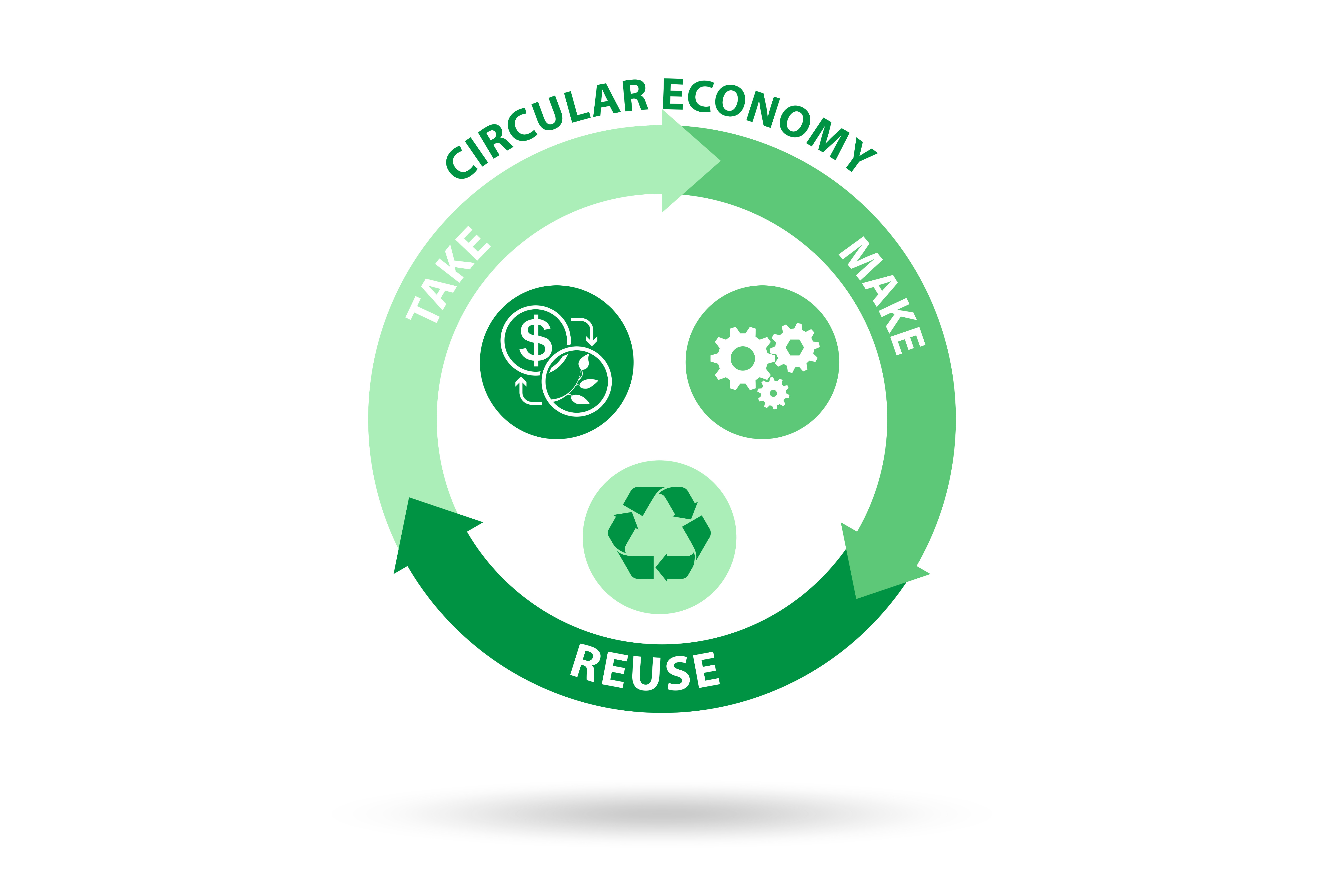
Adriana Zacarías es coordinadora regional de eficiencia de recursos para América Latina y el Caribe de las Naciones Unidas, coincide en el manifiesto de McDonough y Braungart, en una de sus conclusiones, donde se pide imitar a la naturaleza a la hora de crear productos y servicios de valor social y ecológico, “tenemos el deber de inspirarnos en la naturaleza donde no existe el concepto de desperdicio. Todo lo que la naturaleza genera es un insumo o alimento para otro organismo. Pensemos en el bosque, las hojas de un árbol se convierten en abono para la tierra. Todo es un flujo cerrado en lo que todo fluye.”
La toma de conciencia para cimentar un nuevo sistema productivo y de consumo llega sobre el filo de la urgencia porque, según la medición que realiza Global Footprint Network, el 29 de julio de 2019 se alcanzó el día del sobregiro de la Tierra que significó que para satisfacer nuestros niveles de consumo necesitamos extraer, anualmente, más recursos de la naturaleza de la que es capaz de regenerar y sólo tenemos un planeta. Fue una fecha que marcó una realidad incontrastable, se consumen más recursos ecológicos de los que la Tierra puede brindar en 365 días.
Y, el nuevo paradigma trae consigo cambios en el diseño y en la fabricación de productos. Comienza a producirse una interacción entre los conceptos de diseño regenerativo, economía circular, y tecnología 4.0, enfatizando el rol que juegan los diseñadores en esta nueva etapa industrial.
Productores y consumidores conocen el mandamiento que reza que “el desperdicio es un problema de diseño” y este nuevo mantra se produce por la irrupción de los conceptos de economía circular.
La Comisión Europea ha señalado que el 80% de los impactos ambientales de un producto se define en la etapa de diseño, por lo que, para los expertos chilenos Lorna Lares y Andreé Henriquez de la Universidad de Santiago, el futuro pertenece al diseño regenerativo.
“Se trata de un sistema de tecnologías y estrategias, basado en la comprensión del funcionamiento interno de los ecosistemas que generan productos que renuevan su vitalidad, viabilidad y evolución, en vez de agotar sus sistemas y recursos de soporte vital que los torna obsoletos”.
El moderno diseño permite, a su vez, aprovechar las ventajas de los nuevos sistemas productivos centrados en el desarrollo de las técnicas industriales de 4.0
La cuarta revolución industrial que implica el desenvolvimiento de las tecnologías de comunicación e información, la investigación de nuevos materiales, el desarrollo de la robótica y la electrónica junto a la internet de las cosas y la manufactura aditiva, está modificando la cadena de valor de forma completa.
El impacto del diseño y de la tecnología permite que los seres humanos dejen de ser meros consumidores de mercancías para convertirse en ciudadanos más integrados a su medio donde el concepto de economía circular con todo lo que implica se torna usual y cotidiano.
Para la funcionaria de la ONU, Adriana Zacarías, “hay que trabajar la conciencia de todos nosotros como ciudadanos y cambiar nuestro chip y repensar nuestros patrones de consumo. Empezar a analizar si necesitamos comprar algo antes de repararlo, si no podemos hacer cosas por nosotros mismos o reutilizar un producto”.
Se trata de un cambio de comportamiento que deja de lado el esquema lineal por el cual procuramos el beneficio inmediato y la desvinculación de nuestra responsabilidad como cuando llevamos una botella vacía y usada al contenedor. Momento en el que no tomamos en cuenta el valor social y ambiental de productos que contaminan cuyos efectos negativos no se ven reflejados en el precio de venta del artículo.
De esta forma la economía circular no es un concepto nuevo de la tendencia “verde” sino que supera ampliamente las cuestiones ecológicas y modifica, ni más ni menos, el escenario donde se desarrolla el teatro de la vida.


